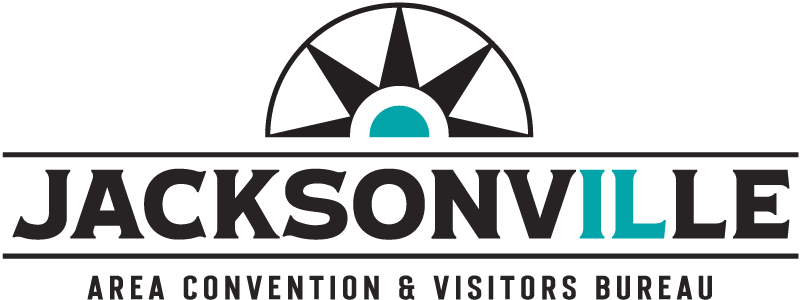Salvation Army Launches Red Kettle Campaign, Aims for 80,000
The Salvation Army of Jacksonville launched its annual Red Kettle fundraising campaign with a soft launch on November 7 and a full rollout continuing through noon on Christmas Eve, aiming to raise at least 80,000 dollars for local services. The funds will support the branch food pantry, utility assistance and other critical programs, a seasonal lifeline for Morgan County residents as winter needs increase.

The Salvation Army of Jacksonville began its annual Red Kettle campaign on November 7, with a full campaign scheduled to run through noon on Christmas Eve. The Morgan County branch set a goal of at least 80,000 dollars to sustain its local food pantry, pay utility bills for households in crisis and fund other client services during the winter months.
As donations have shifted away from cash, the branch introduced tap to pay kiosks and QR codes at several kettle locations, linking donors to a virtual kettle for contactless mobile giving. Those changes are intended to make donating easier for shoppers while responding to broader changes in payment behavior. Capt. Justian Corliss said the campaign typically raises about 70 percent of the branch annual income across the November through January period, and he said he was optimistic the community generosity would help meet the goal.
For Morgan County residents the campaign has immediate public health implications. Money directed to the food pantry can reduce household food insecurity, which is tied to poor management of chronic conditions, higher hospitalization rates and worse mental health outcomes. Help with utility bills can prevent dangerous cold exposure, reduce risk of housing loss and protect families with young children and older adults during months when heating needs rise. In a county where many families rely on seasonal support, the Red Kettle drive functions as a de facto emergency response system during a critical period.
The shift toward contactless donation options highlights both opportunity and equity challenges. Digital payments and QR codes expand convenience for many, but they also risk leaving behind residents who are unbanked, lack smartphones or who prefer to give cash. The Salvation Army adaptation reflects a broader trend among nonprofits trying to reconcile changing consumer habits with the needs of a diverse community.
Relying on a short season of fundraising to generate the majority of an agency operating budget raises policy questions. When a single campaign delivers a large share of annual income, gaps in the public safety net become apparent. Long term solutions could include strengthening public funding for food assistance and utility relief, expanding affordable housing and ensuring predictable support for community based providers who deliver frontline services.
For now the Salvation Army is asking local residents to give what they can during the campaign period, whether at kettle sites with new payment options or through the virtual kettle linked by QR code. The results this winter will matter not only for immediate needs, but for the stability of social services on which many Morgan County households depend.


